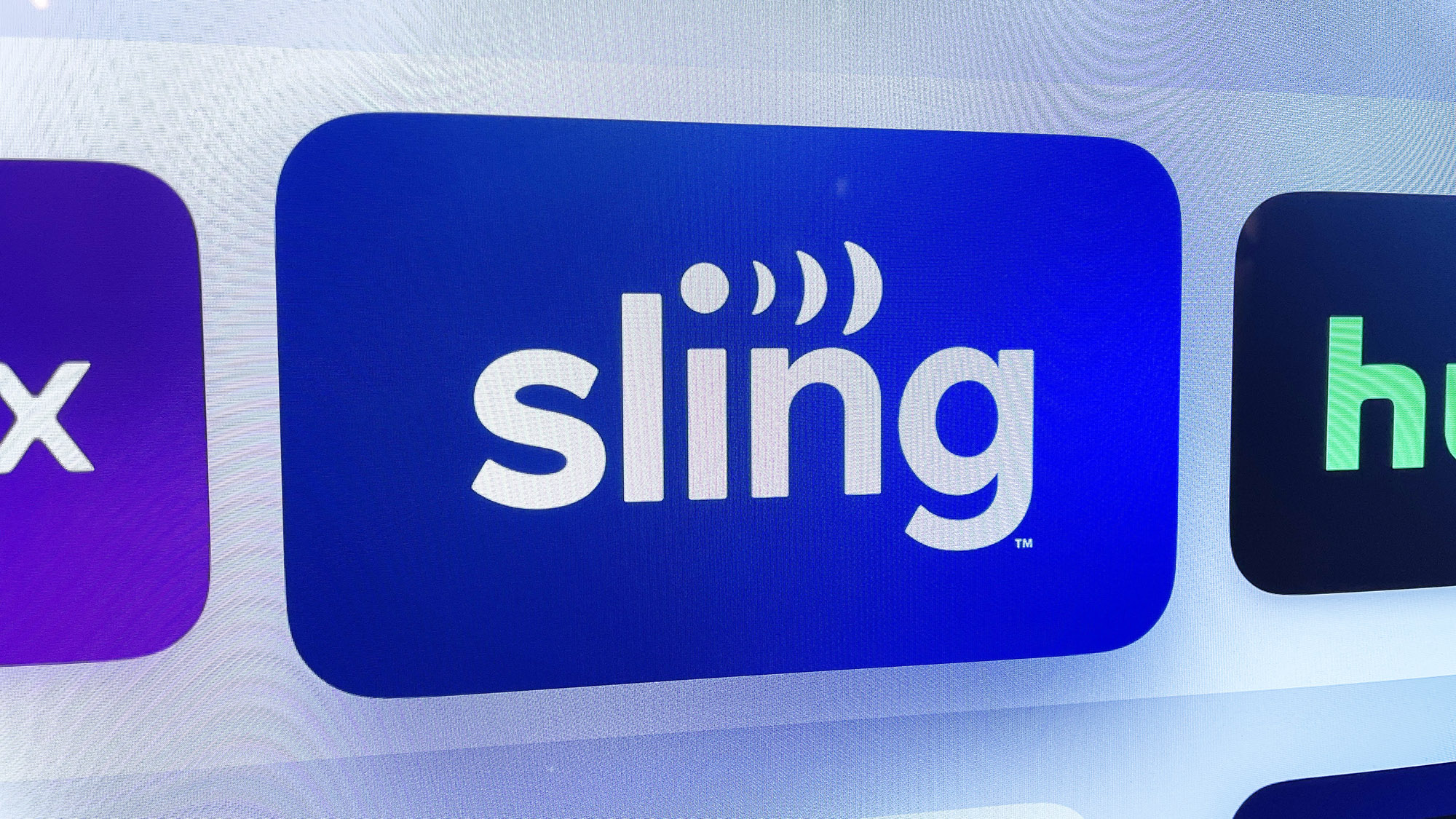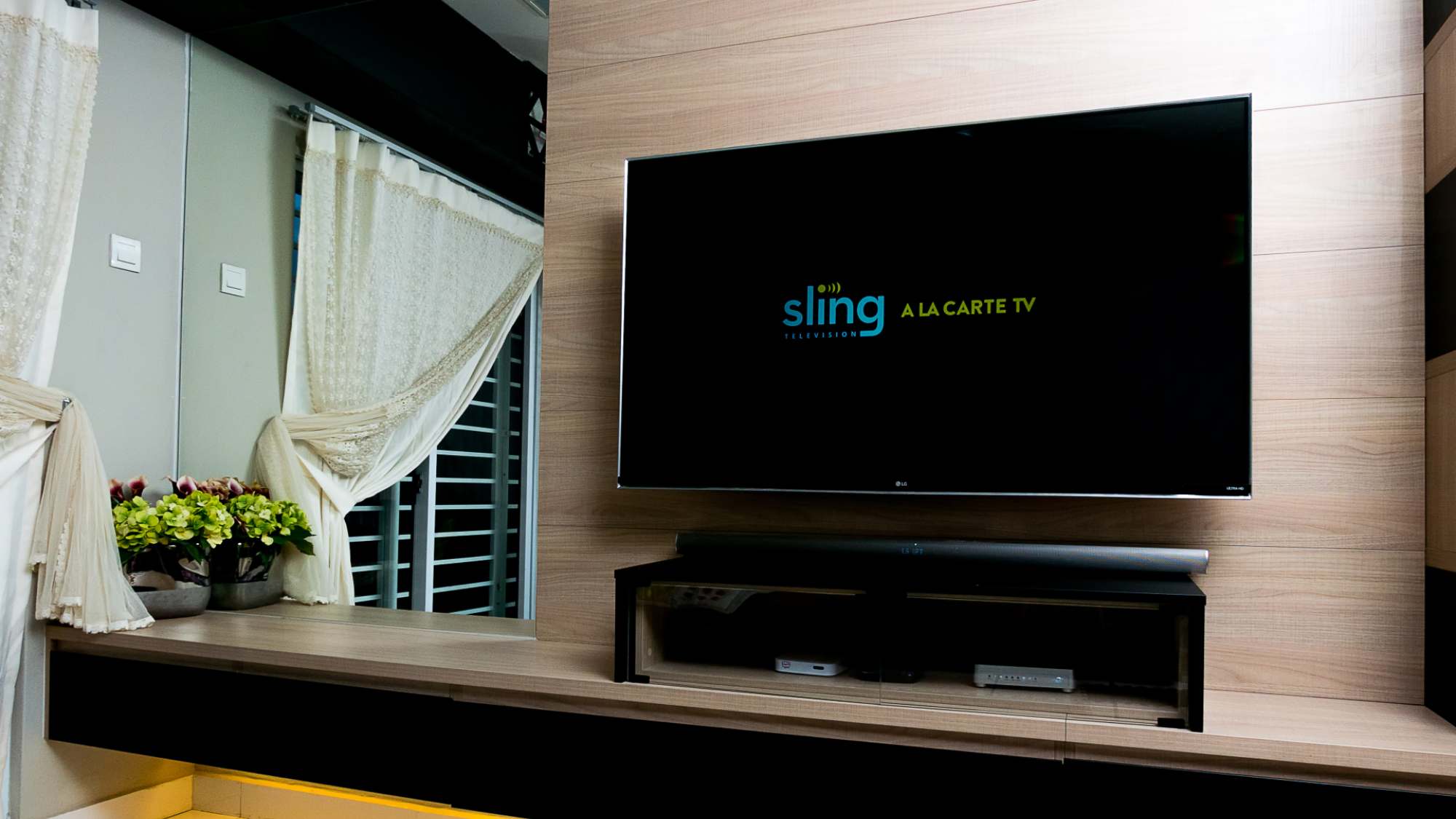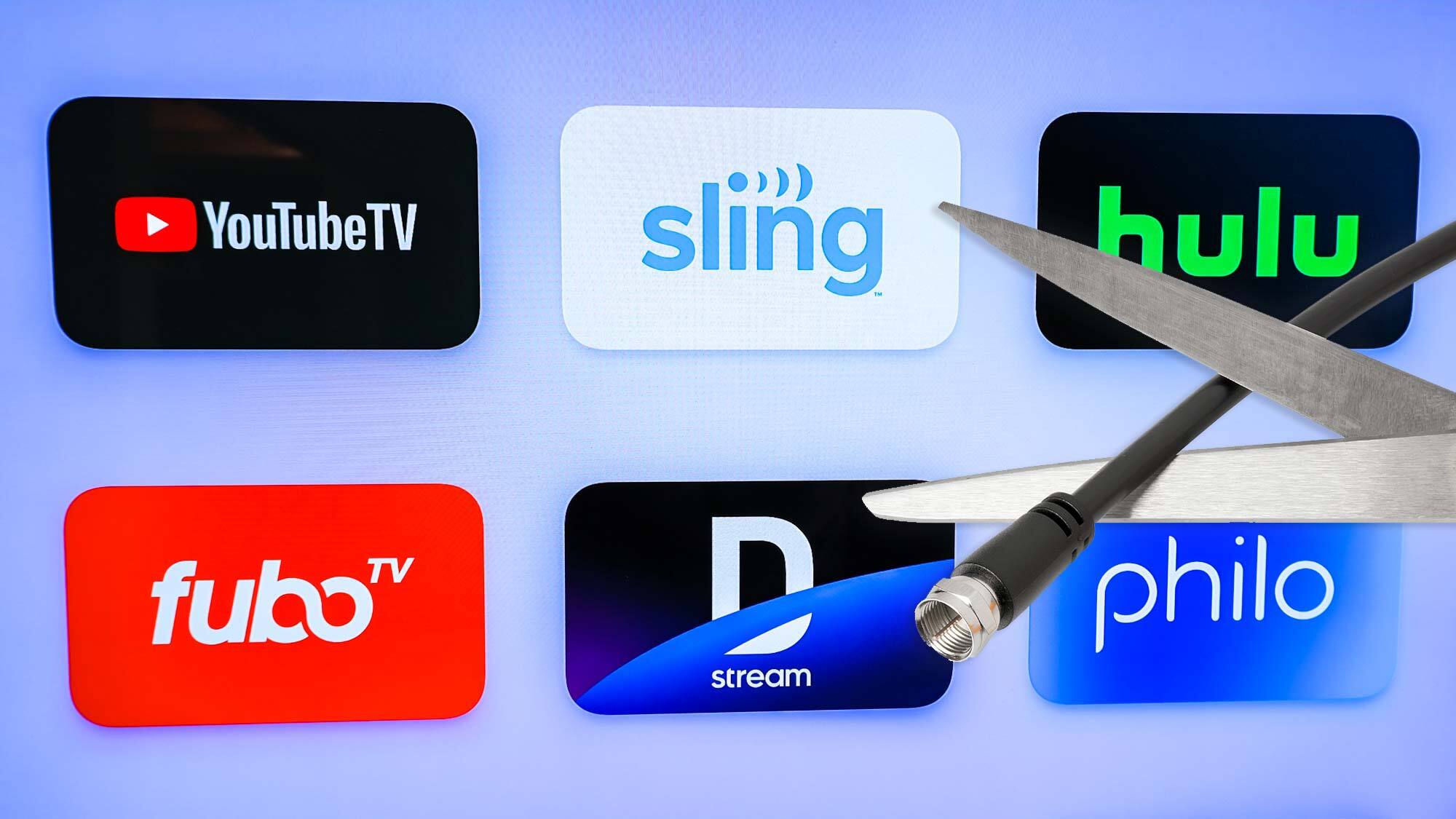
Two years ago, I finally cut the cord and canceled cable when my monthly bill skyrocketed out of control. I ended up choosing Sling TV as a cable alternative, and since then, I've been pretty happy with it.
As I wrote in a follow-up last year, I was still happy with Sling's value and decent channel lineup. I'd saved $699 in one year by getting rid of cable. And while I was tempted by the more extensive channel selection and sleeker interface of YouTube TV, I decided to stick with it.
But now, I'm rethinking Sling as my cord-cutting solution. And it seems I'm not alone: This week, parent company Dish reported a loss of 97,000 subscribers in the second quarter. At this point, Sling has just 2 million users total, its lowest number in five years.
My reconsideration of Sling is not because it can be glitchy at times, nor because the service is getting outpaced by rivals in terms of new features, like multi-view. It really all comes down to the money.
Sling hasn't been immune to streaming's price increases
When I first started using Sling as a cable replacement, the Orange + Blue plan cost $50, compared to $65 for the lowest tiers of YouTube TV, Fubo and Hulu With Live TV. The difference — $15 per month or $180 — was enough to push me toward Sling, despite the fact that it didn't offer ABC or CBS like the others.
But in February, Sling raised its prices, just like the rest of the streaming industry has done. Every major on-demand streaming service (Netflix, Max, Disney Plus, etc.) and every live TV streaming service has rolled out price hikes in the past year or so. It's fair to wonder if streaming is becoming more expensive than cable.

Since I live in a market where Sling added access to ABC, the new cost for the Orange + Blue plan is $60, compared to $73 for YouTube TV, $75 for Fubo and $77 for Hulu With Live TV.
While the difference between Sling and its next competitor, YouTube TV, remains significant ($157/year), it's beginning to feel less so. YouTube TV already had the better interface and speedier navigation; it's also recently added multi-viewing capability of up to four screens and an improved DVR library area. Plus, for football nuts, YouTube TV is the new home of NFL Sunday Ticket.
Meanwhile, Sling hasn't made any meaningful platform changes in two years. Its channel lineup is smaller, which means I have to pay to add networks like Paramount, MTV and Hallmark. Then, Sling would cost nearly as much as YouTube TV.
Is it time to cancel Sling?
Sling isn't the only live TV service experiencing subscriber losses. Both Fubo and Hulu With Live TV also reported drops. Budget-minded consumers like myself are jumping ship.
Where are they going? They might have decided simply to forego broadcast and cable networks, either completely eschewing live television for an on-demand streamer like Netflix or a FAST (free ad-supported streaming television) service like Pluto or Tubi. They might have switched to a lower-priced option with fewer channels, like Philo.

For my part, I'm reluctant to completely give up access to broadcast and cable TV. I still watch shows on ABC, NBC, FX, ESPN, AMC, BBC America, Lifetime and TLC, among others.
While Sling isn't the bargain that it used to be, it still gets me those channels at a lower cost than other services. And of course, it's much cheaper than my former cable company (die Spectrum).
For now, I'm on yellow alert — not canceling Sling, but also ready to pull the plug if another price hike comes around. At the least, I know I can cancel with just a few clicks, rather than a tediously long phone call.







